
A decade or so ago – back in the age of the mega-budget mini-movie ad campaign – brands were able to seduce consumers with an aspirational dream. Today consumers are much savvier, no longer passively consuming content but setting the context for brands to respond to.
This new breed of culture curators is seeking to interact with, influence and co-create brand output. They care about what they feed themselves – and feed back to the planet. And the power balance has shifted in their favour.
So, what does this mean for modern brands?
Functional brands now reign supreme. Look at the redesign for ice cream challenger brand Halo Top. Simply by putting the calorie count front and centre on every pack and point of communication, the brand is bordering on world domination.
Opinion: Wellness brands need to focus on benefits, not products
And then there’s direct-to-consumer brands like Dirty Lemon and Casper. These brands exist solely to answer a functional need, whether that’s drinks with benefits or a better night’s sleep. But they’ve nailed the two-way relationship and online engagement consumers now crave.
These successful brands are not telling us what we want. They’re giving us what we demand – but in a beautiful, engaging way. It’s not the old-school overindulgence of Häagen-Dazs or Magnum. It’s direct, powerful and intelligent branding.
One thing many functional brands have in common is a stripped-back aesthetic. Whether ingredients sit in pride of place on front of pack (we’re looking at you RX Bar) or – as with Treatwell – witty one-liners reveal explicit benefits, functional brands are using a strong tone of voice and purity of design to deliver core information quickly and efficiently.
But if the average consumer attention span is eight seconds, how does a modern brand convey the depth and integrity of its story? Well, we need to get creative.
Opinion: How to get your food product flying off supermarket shelves
While physical design can create instantaneous consumer connections, online platforms facilitate a functional brand. Instagram has become invaluable in engaging with an audience hungry for information about product ingredients, benefits, potential uses, brand impact and community engagement. The list goes on.
To be effective in an increasingly crowded marketplace, brands need to combine fast design that cuts through with intelligent interactions that go deep. It’s not enough to stick stats on the front of your pack and expect that to do the work.
At the end of the day, modern consumers want a brand to do three things: meet their needs, share their values and express their style. To deliver on these requirements, fantastic design and a functional product need to work hand-in-hand to create a brand that matters.
Lisa Desforges is strategy director of B&B studio



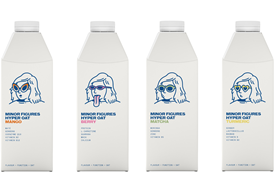



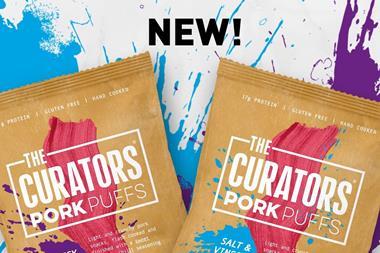
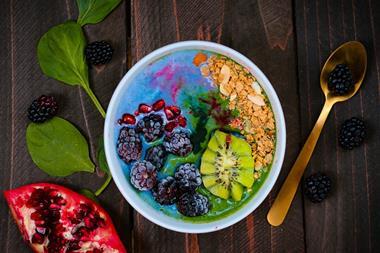


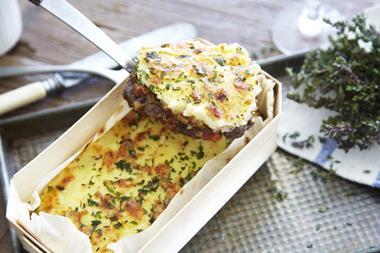


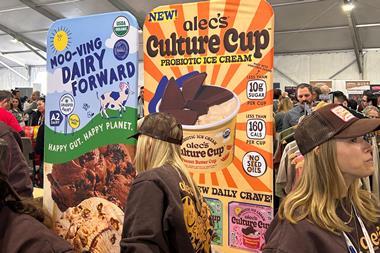
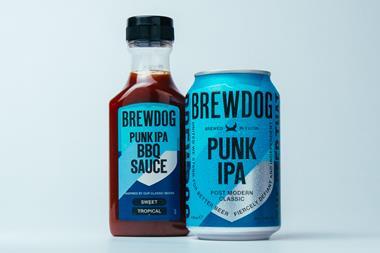

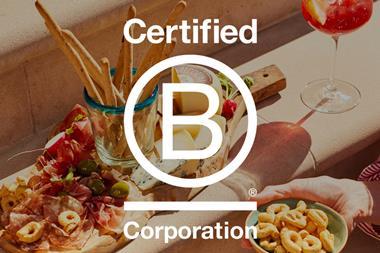

No comments yet